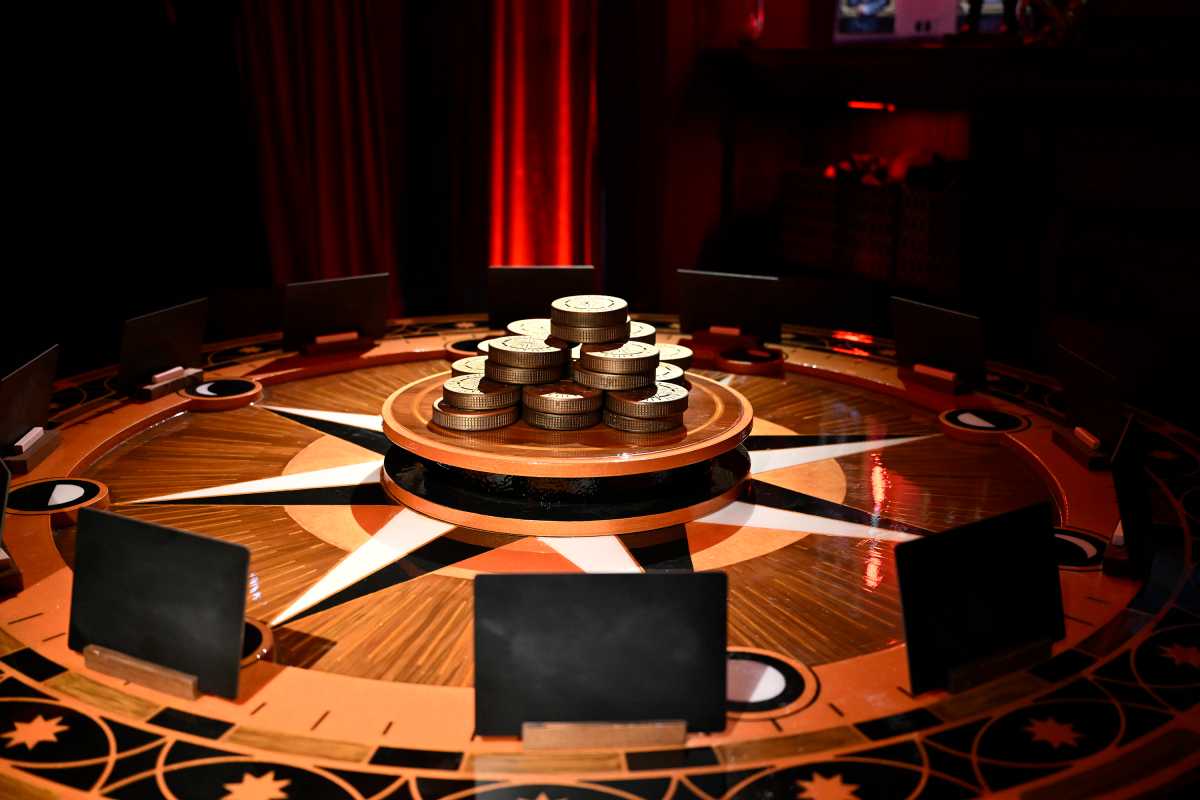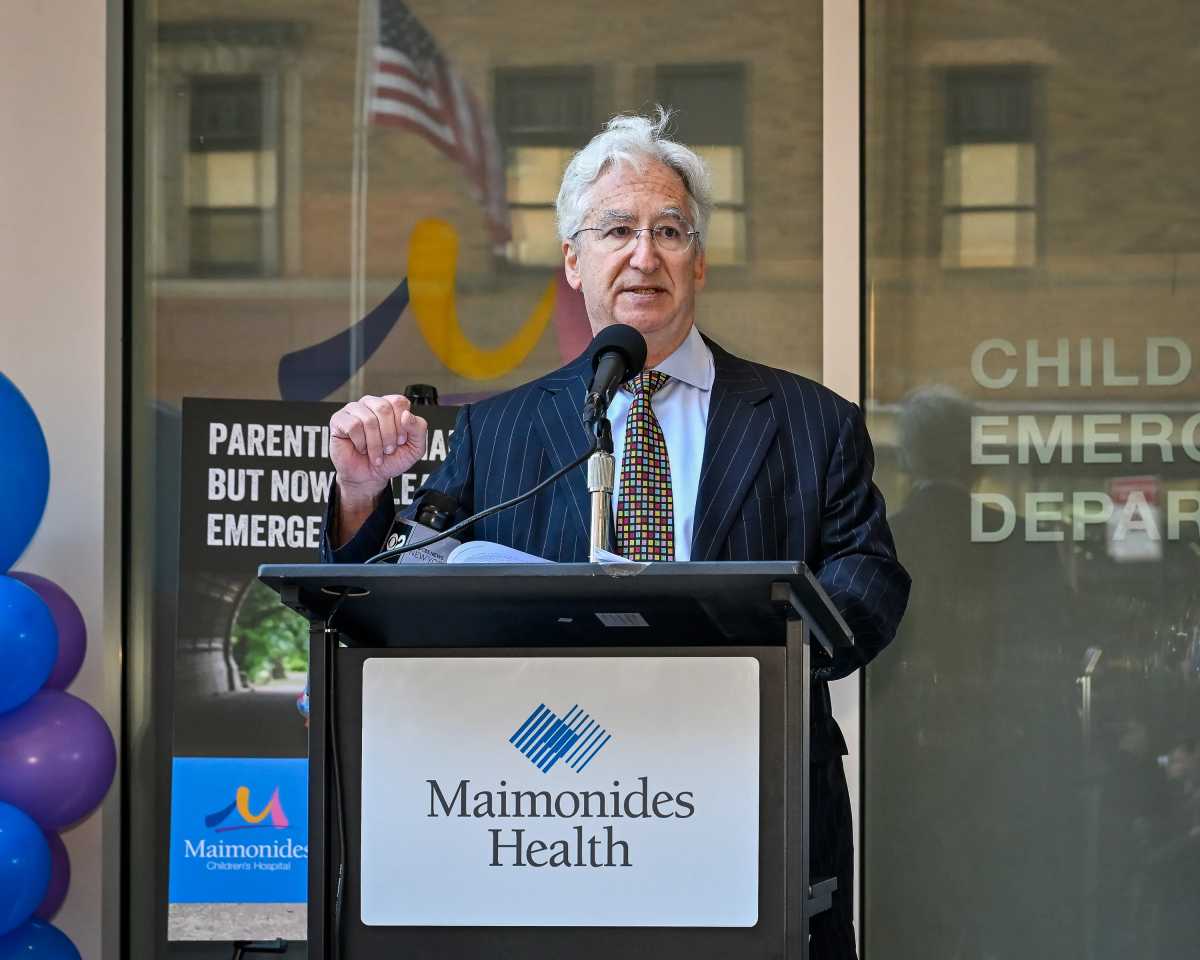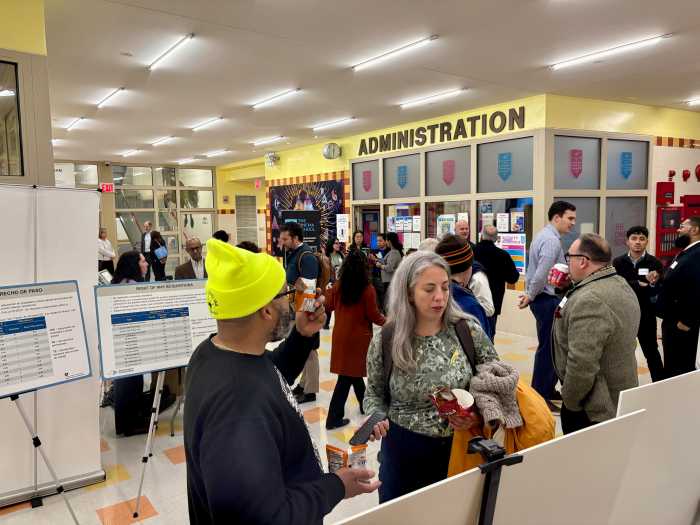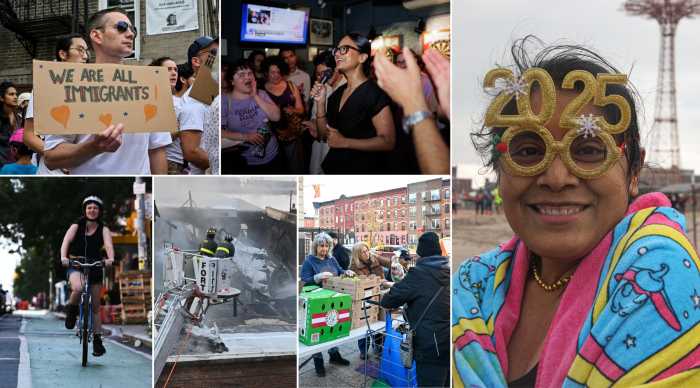Psyched about the upcoming super blue blood moon? If you live in New York City, book your flight to the West Coast now because that’s the best way you’ll be able to truly appreciate the celestial phenomena in person.
Dubbed a “lunar trifecta” by NASA, the super blue blood moon is set to grace the sky Wednesday in the early morning hours. But according to Gordon Johnston, program executive and lunar blogger at NASA headquarters in Washington, “the viewing will be best in the West,” including the West Coast of the U.S. mainland, Alaska and the Hawaiian Islands.
If you’re not looking to shell out dough for a flight across the country, don’t give up hope just yet. But you should prepare yourself for the potential to be underwhelmed by what you see from the roof of your apartment building.
Scroll down to learn more about what exactly a super blue blood moon is and the best way to view it in the city.
What is a super blue blood moon?
The confluence of three phenomena set this full moon apart from the rest of the regular, boring full moons, according to NASA.
-
As the first word in its long title suggests, this is considered a supermoon, which is when a full moon coincides with the moon’s closest approach to Earth on its elliptical orbit (known as perigee). A supermoon also tends to be about 14 percent brighter than regular full moons, per NASA.
-
This also is the second full moon in January, which makes it a blue moon. Usually there is only one full moon in a calendar month.
-
So where does the blood come in? This super blue moon will cross Earth’s shadow, treating everyone to a total lunar eclipse. During that time, the moon will appear in the sky with a reddish tint to it, which is commonly referred to as a blood moon.
And there you have it: a super blue blood moon.
Why won’t New Yorkers be able to see the super blue blood moon in all its glory?
While New Yorkers will still be able to appreciate the “super” and “blue” parts to the phenomena, the timing of the eclipse (the “blood” part) makes it harder for people on the East Coast to see it.
“Weather permitting, the West Coast, Alaska and Hawaii will have a spectacular view of totality from start to finish,” Johnston said. “Unfortunately, eclipse viewing will be more challenging in the Eastern time zone. The eclipse begins at 5:51 a.m., as the moon is about to set in the western sky, and the sky is getting lighter in the east.”
As the sky begins to brighten, the moon will just be entering the outer part of the Earth’s shadow, making the eclipse hard to see, Johnson said. The reddish tint from the eclipse is not expected until almost an hour after the eclipse begins, around 6:48 a.m., but the moon will set less than a half an hour after that.
How can New Yorkers best increase their chances of seeing the super blue blood moon?
“So your best opportunity if you live in the east is to head outside about 6:45 a.m. and get to a high place to watch the start of the eclipse — make sure you have a clear line of sight to the horizon in the west-northwest, opposite from where the sun will rise,” Johnston said.
NASA will also livestream the event beginning at 5:30 a.m. on NASA TV and NASA Live. So long as the weather holds up, the livestream will include views of the moon from different telescopes at the Neil A. Armstrong Flight Research Center in Edwards, California; the Griffith Observatory in Los Angeles; and the Mt. Lemmon SkyCenter Observatory at the University of Arizona.
Will the weather get in the way of viewing the super blue blood moon?
The forecast for New York City is looking promising so far, with mostly clear skies between 4 a.m. and 7 a.m., per AccuWeather. Anyone heading outside to view the moon should bundle up since high temperatures during that time period are expected to be in the low 20s.
When will the next super blue blood moon occur?
It’s unclear when another super blue blood moon will take place. The next lunar eclipse visible to the U.S. is expected on Jan. 21, 2019, according to Johnston. While it will be a supermoon, it won’t be a blue moon.




































